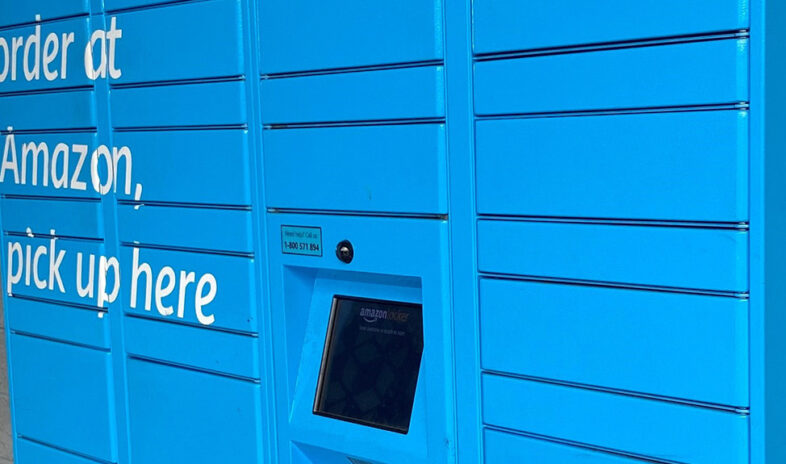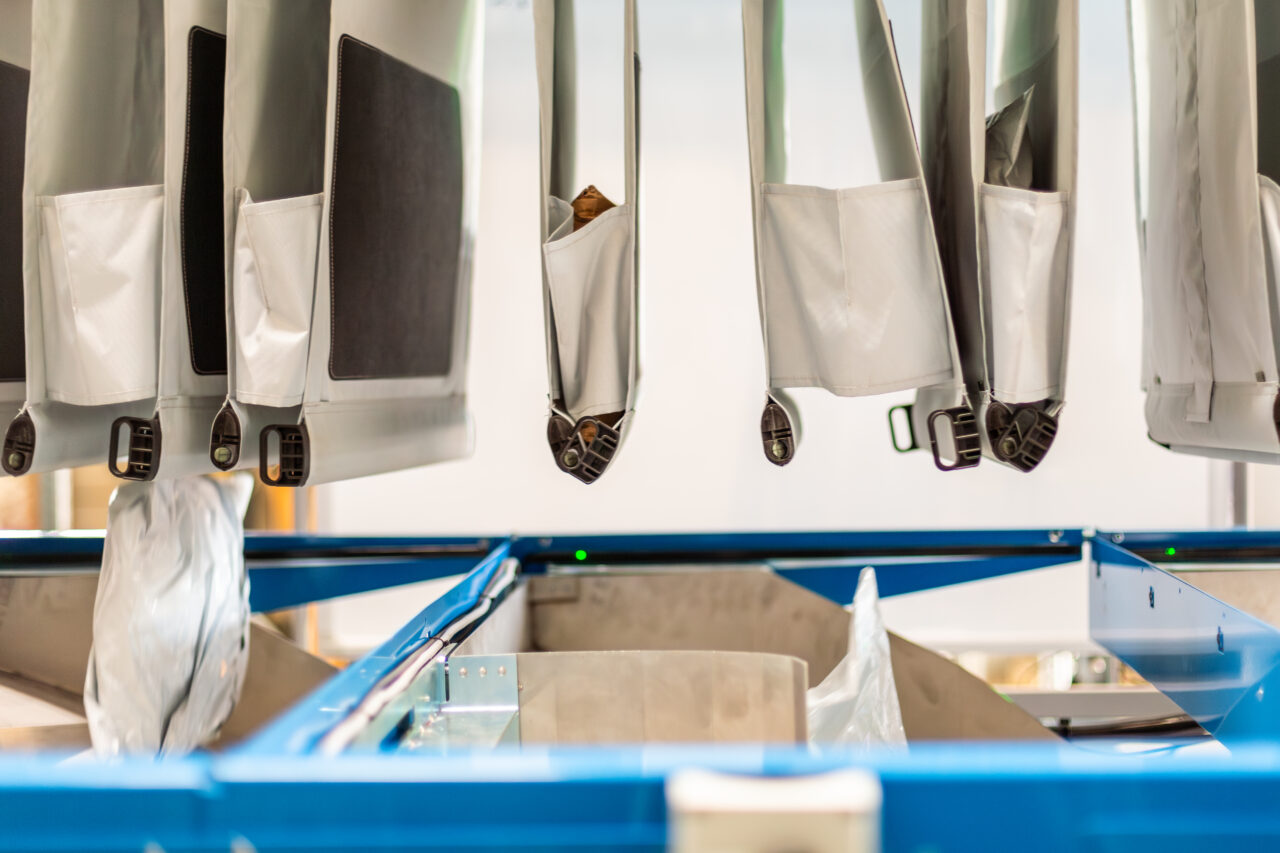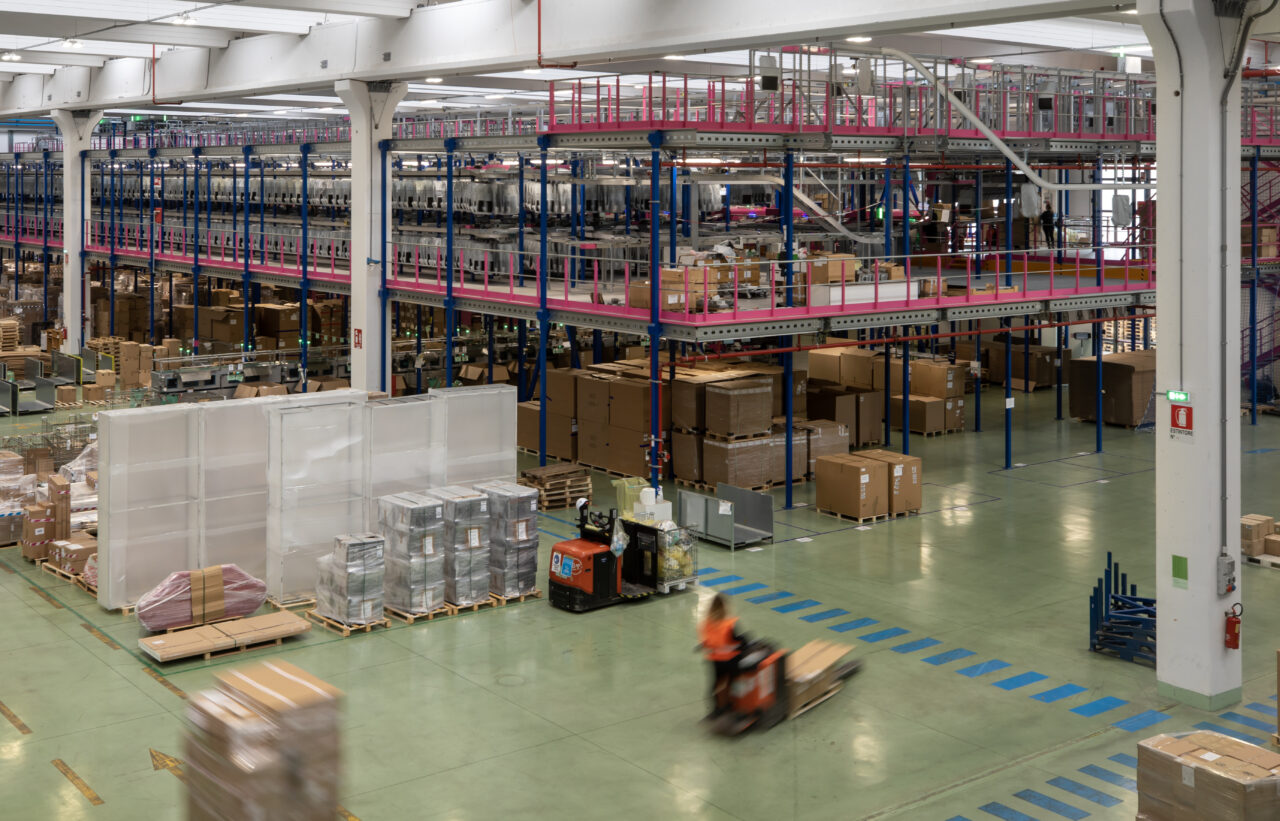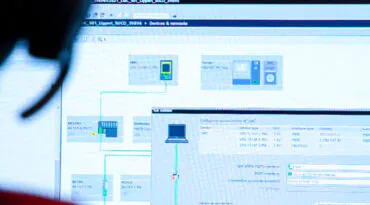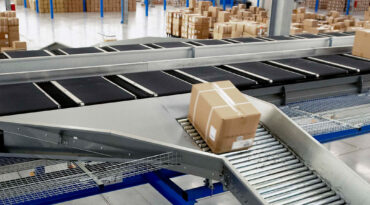However, logistics centre professionals need to be absolutely certain about the sorter’s capabilities, and whether it is a good match for their centre’s needs, before investing in one.
It is critical that they end up with an integrated system that manages all the steps in their ordering and returns processes, including manual or automated pouch loading with prepared returns, dynamic buffering for efficient material flow, and manual or automatic pouch emptying.
And most importantly, the logistics centre professional must fully understand how many items the system is actually capable of handling.
When the pouch system is a good fit for the logistics centre’s needs, and those of its key customers, it is an excellent solution that will enable the operator to fulfil orders quickly, accurately and cost-effectively while managing costs, labour shortages and space constraints.
What is a pouch sorter system?
A pouch sorter uses a network of suspended pouches to transport, buffer and sort individual stock-keeping units (SKUs).
The pouches are guided through a series of induction, buffering, sorting and unloading stages to optimise order fulfilment and returns processing.
A modern pouch sorter, which can sort up to 10,000 SKUs per hour per module, consists of the following key components:
- Induction station – where individual items are loaded into pouches, either by hand or automatically
- Buffer system – temporarily stores items in pouches, which allows for flexible release and efficient material flow
- Sorting mechanism – sorts items independently of the order structure, sequencing them for optimal packing. For example, utilising a 6³ matrix setup, the pouch system can sort 216 unordered items into a perfect order in 5 minutes
- Unloading station – the sequenced items are either deposited at packaging areas by hand or unloaded automatically from the pouch system.


